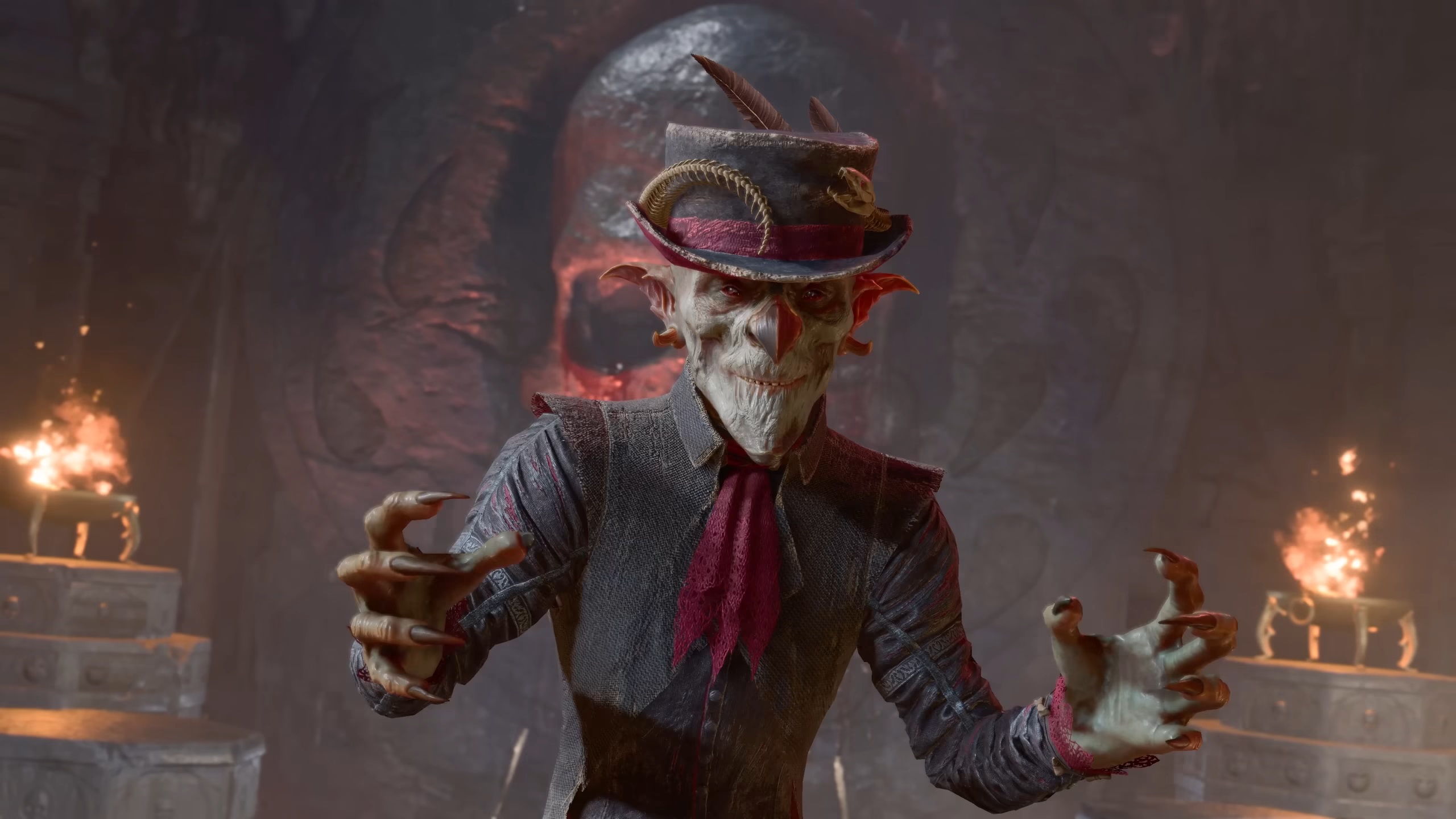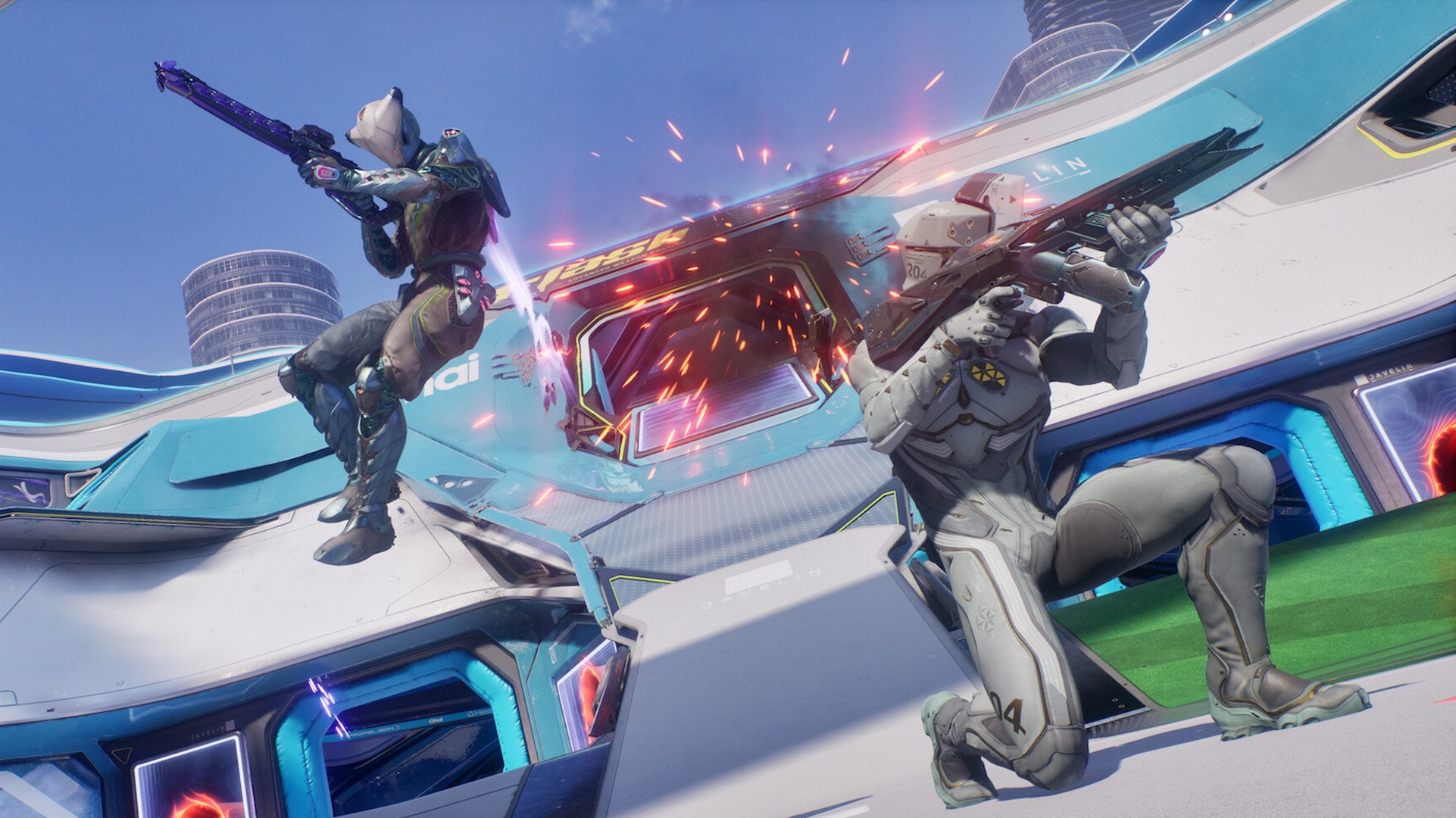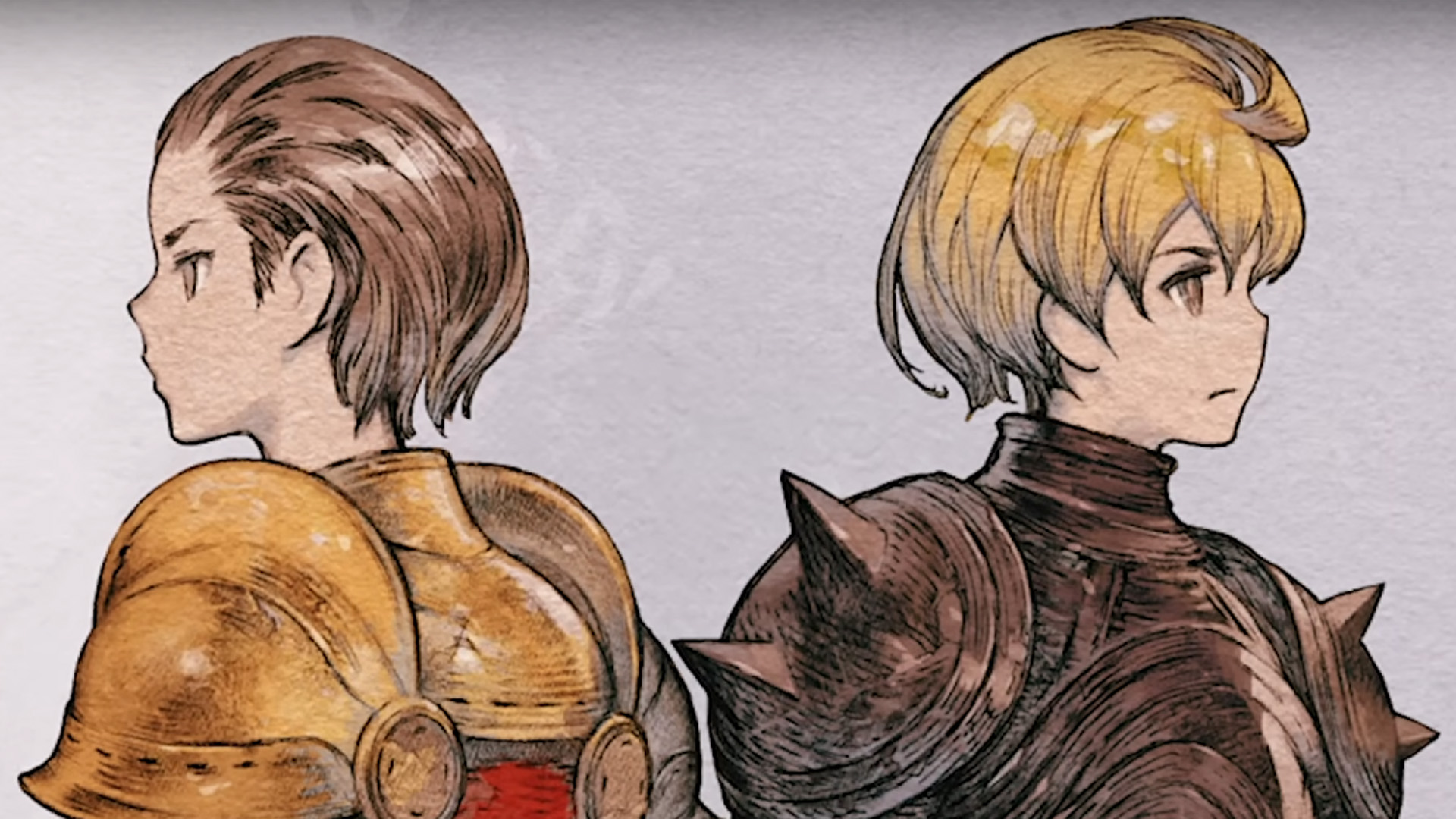
Optimal? Not necessarily. Fun? Definitely.
Early access showed off a bevy of classes in Baldur’s Gate 3, but it really seems like the best is yet to come.
In addition to revealing the final full-on launch class, the Monk, Larian’s final preview of Baldur’s Gate 3 sketched out the remaining subclasses to be added to the game, as well as what to expect from pre-existing subclasses past early access’ puny level 5 cap.
Like Divinity: Original Sin 2, Baldur’s Gate 3 looks like a game that will celebrate lateral thinking and weird choices, playstyles that are maybe more fun than optimal. To that end we’ve gathered our list of the six subclasses we’re most excited to try in Baldur’s Gate 3.
College of Swords Bard
(Image credit: Larian)
What is it? A jack-of-all-trades spellcaster/melee damage dealer, also known as a “Blade”
Pick this class if you want: Extensive dialogue and non-combat options, and to hold your own in melee
Baldur’s Gate series fans might recognize this alt Fighter/Mage, a Fighter/Mage with a septum piercing if you will, from its appearance in Baldur’s Gate 2 as a player option and the chosen class of companion Haer’Dalis. The Blade Bard in BG3 seems to have a broadly similar kit to the early access-available Valour Bard, but the Blade is a little less tanky and support-focused, with more capacity to deal out its own damage with dual rapiers or the like.
(Image credit: Larian)
Baldur’s Gate 3 tips: Start smart
Baldur’s Gate 3 races: Pick your favorite face
Baldur’s Gate 3 companions: Learn who’s who
Baldur’s Gate 3 builds: Optimise your class
There’s a distinct swashbuckler’s flair to the Blade’s Dexterity-focused, flashy fighting. They gain certain martial bonuses like a Fighting Style (I’d go with dual wielding since they lack shield proficiency) and Extra Attack alongside the Bard’s spellcasting and support kit, as well as the unique ability “Blade Flourish.” That last one is a special attack that deals extra damage and can either boost your own AC, deal damage to a second enemy, or knock an enemy back. All together, I’m imagining the fun and versatility of a Bard with more serious front line damage dealing capabilities, and that sounds like a great time.
Most powergamey D&D forum types are not big on Blades, but it strikes me as a more than viable playstyle on most difficulty settings. One thing that’d really take the Blade from “you can have fun with it” to a “you can really kick ass with it” is if Larian moved up the tabletop class’ “Master’s Flourish” ability from level 14 to within BG3’s 12-level range. That ability decouples College of Swords Bards’ flourish ability from their limited Bardic Inspiration uses, letting you use your Inspirations the way they were meant to while flourishing about all the live-long day.
Circle of Spores Druid
(Image credit: Larian Studios)
What is it? Stinky mushroom man
Pick this class if you want: To enact the will of the spore gods
Stinky boys rise up. This Druid subclass is permanently surrounded by a “Halo of Spores” like goddamn Pigpen in Peanuts. Your spores can defend you when you’re approached in combat, give you temporary hit points, or even infest your weapons. Eventually, Spore Druids can use their fungal friends to raise zombies in combat, and their stinky guy abilities all come in addition to the standard Druid spread of support and damaging spells.
I’m less up on Druids and their arsenal, but nothing in the Circle of Spores’ repertoire seems like an OP, home run beast mode choice (applying necrotic damage to your weapons seems pretty sick though). I think you pick this class more for the flavor: the flavor of mushrooms and rotting flesh. In the spirit of low-intelligence Fallout characters or Vampire: The Masquerade – Bloodlines Malkavians, sometimes you just want to roleplay a stinky weirdo freak no one likes and that’s okay.
Way of the Shadow Monk
(Image credit: Larian)
What is it? A stealth and ninja-themed martial artist.
Pick this class if you want: To move around that battlefield quickly, hitting enemies from the shadows
Alongside a typical Monk’s assorted martial arts abilities, Shadow Monks get an added focus on hit-and-run tactics and stealth. One of their most exciting abilities to my eye is Shadow Step, a teleport ability that’s restricted to “dim light or darkness.” I’m curious how that’ll be handled in the full game, but positioning abilities are always a winner in Larian’s typically restrictive turn-based action economies.
I seriously considered the Shadow Monk’s multiclass capabilities with Gloom Stalker Rangers or Assassin Rogues (or even both, if you want to get freaky), but Baldur’s Gate 3’s level cap of 12 seems a little restrictive for that, especially given the Monk’s reliance on their ki pool to fire off special abilities.
Gloom Stalker Ranger
(Image credit: Larian Studios)
What is it? A shadows and darkness-focused edgelord
Pick this class if you want: To ambush enemies from stealth whenever possible.
Ranger’s definitely felt like one of the weaker classes in Baldur’s Gate 3’s early access, but that may be set to change with the Gloom Stalker. Their big advantage comes from their level three ability on picking the class: Dread Ambusher. Gloom Stalkers get bonus move speed, an extra attack, and bonus damage on their first turn of combat. Basically, you want to begin every battle by exploding out of stealth with a crazy-powerful ambush.
Gloom Stalker also seems like a strong multi-class candidate with the Rogue’s Assassin subclass, gaining advantage, sneak attack, and automatic criticals against opponents who haven’t taken a turn in combat yet, all on top of Dread Ambusher. The Gloom Stalker doesn’t seem to lose much after level 9 aside from a potential feat/attribute increase at the end of the game, so a Gloom Stalker 9/Assassin 3 strikes me as a real tempting choice for any DPS/stealth game nerdlingers out there. A character designed to eliminate as much opposition as possible right at the start of a battle, definitely Dexterity-focused and opting for either dual finesse weapons or a bow.
Oathbreaker Paladin
(Image credit: Larian)
What is it? A Paladin subclass unlocked by breaking Paladin Law.
Pick this class if you want: To be a real sad sack, edgy guy with nothing to lose.
Oathbreaker‘s a weird one, and it’s really just so cool to see how Larian implemented it. Instead of the classic D&D Lawful Good alignment restriction, in 5E Paladins now have an “oath” that they can break based on their actions in the game (and the specific confines of your oath depend on which subclass you pick). If you break your oath by behaving in a manner unbecoming of a Paladin, you turn into an Oathbreaker, gaining different abilities accordingly.
The Oathbreaker reminds me a lot of earlier editions’ Blackguards, though Oathbreakers seem like they can be roleplayed as anything from a reluctant and haunted former Paladin to a full-on villain. Oathbreakers are more explicitly debuff/damage focused, losing out on other Paladins’ healing and support abilities. What’s more, the Oathbreakers’ Charisma focus, just like normal Paladins, leaves them primed to solve quests through dialogue options in addition to brawn.
Couple Paladin oaths with the Dark Urge origin giving you a freaky serial killer who lives in your head, all alongside a little Cthulhu worm who also lives in your head, and there’s some fun roleplay opportunities here for a seriously internally conflicted Dudley Do-Right holy warrior type.
Wild Magic Barbarian
(Image credit: Larian)
What is it? A Barbarian who loves magic, but isn’t the best at controlling it
Pick this class if you want: To surprise both enemies and yourself
The Path of Wild Magic gives D&D 5e Barbarians the opportunity to add spellcasting to their rage-induced slicing and hammering, just without any of the finesse of a typical wizard or sorcerer. The standout feature is Wild Surge. Starting at level three, you cast a spell whenever you enter rage—but you don’t get to determine which spell. A d8 roll determines whether you’ll rend your enemies with necrotic damage, teleport to a random new location, or perhaps summon exploding spirits. These Barbarians can also detect nearby spells and magic items, and at higher levels can magically buff allies.
This subclass isn’t available in Baldur’s Gate 3’s early access version, so we don’t know exactly how it’s implemented. Larian could have created its own special spell table for Wild Surge, for example. I’m not sure Wild Magic Barbarians are necessarily a powerful class, if you’re optimizing, but they could be a fun one, especially if Larian finds ways to make their uncontrolled magic set off disastrous chain reactions now and then.



